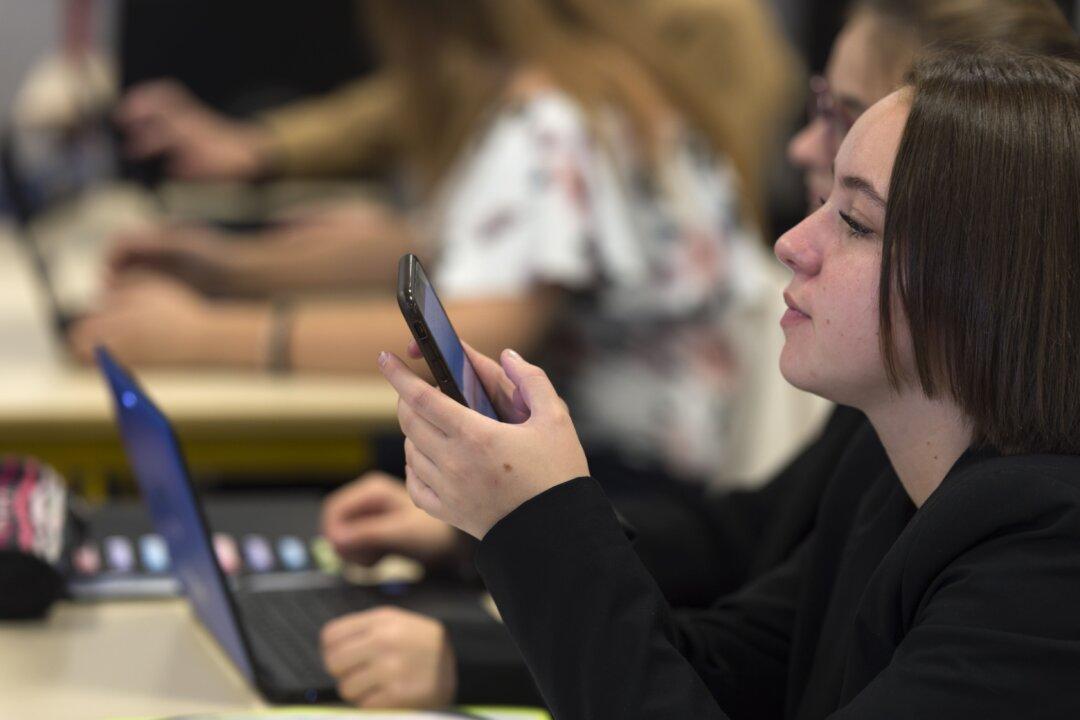Commentary
When I grew up, my world fit into a square neighborhood block, or about as far as I could travel on my pink banana seat bicycle. This was typically about three blocks to my best friend’s house, and, although occasionally it extended farther as we got older, it was never the other side of the globe. For kids today, the world is at their fingertips. Children and teens today are communicating with others around the world in an instant. They have access to vast amounts of information in the palms of their hands.

